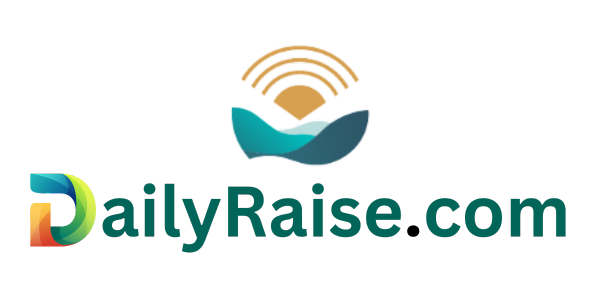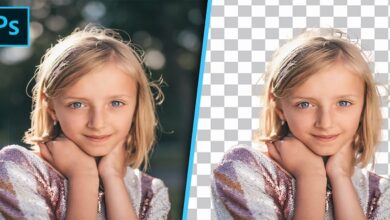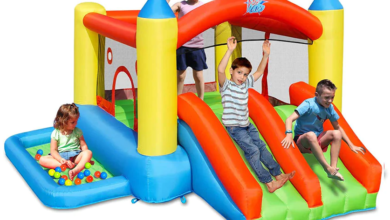
The development of language
All children in every culture master the complicated system of their native language, unless severe deprivation or physical problems interfere. This knowledge is remarkable. To have a conversation, children must coordinate sounds, meanings, words and sequences of words, volume, voice tone, inflection, and turn-taking rules. Yet, by about age 4, most children have a vocabulary of thousands of words and knowledge of the grammar rules for basic conversations.
What Develops? Language and Cultural Differences
More than 6,000 natural languages are spoken worldwide. In general, cultures develop words for the concepts that are important to them. For example, how many different shades of green can you name? Mint, olive, emerald, teal, seafoam, chrome, turquoise, chartreuse, lime, apple . . . and visual artists can add cobalt titanate green, cinnabar green, phthalate yellow-green, viridian green, and many others. English-speaking countries have more than 3,000 words for colors. In contrast, the Hama people of Namibia and a tribe of hunter-gatherer people in Papua New Guinea who speak Merino have five words for colors, even though they can recognize many color variations. But whether the terms for color are few or many, children gradually acquire the color categories appropriate for their culture.
Dual-Language Development
If you mastered your own first language, then added a second or third language, you are an example of additive bilingualism—you kept your first language and added another. But if you lost your first language when you added a second one, you experienced subtractive bilingualism. If family members and the community value a child’s first language, he or she is more likely to keep that language when a second one is learned. But if a child experiences discrimination against the first language, he or she may leave the first language behind as proficiency is gained in a new language. Immigrants are more likely to experience discrimination and therefore “subtract” their first language.
Signed Languages
People who can communicate in both a spoken and a signed language or in two different signed languages are considered bilingual. There are a number of other parallels between spoken languages and the many signed languages used around the world, such as American Sign Language (ASL), Signed English (United States, Ireland, New Zealand, Australia, and Great Britain), and Lingua de Signs Nicaraguans (Nicaraguan Sign Language), Warlpiri Sign Language (Australia Aboriginal), and Langue des Signs Quebecoise (LSQ), or Quebec Sign Language. Each of these languages is distinct and not simply a derived version of a spoken language. For example, people using Quebec Sign Language and French Sign Language cannot understand each other, even though the French spoken language is common in both countries.
Summary
Cultures create words for the concepts that are important to them. Children develop language as they build on other cognitive abilities by actively trying to make sense of what they hear, looking for patterns, and making up rules. In this process, built-in biases and rules may limit the search and guide the pattern recognition. Reward and correction play a role in helping children learn correct language use, but the child’s thought processes are very important
By age 5, most children have mastered almost all the sounds of their native language. In terms of vocabulary, we understand more words than we use. By age 6, children understand up to 20,000 words and use about 2,600 words. Understanding of words that express abstract ideas and hypothetical situations comes later as cognitive abilities develop. As children develop an understanding of grammar, they may apply new rules too widely, saying “brooked” for “broken,” for example. Understanding the passive voice in syntax develops after understanding the active voice





